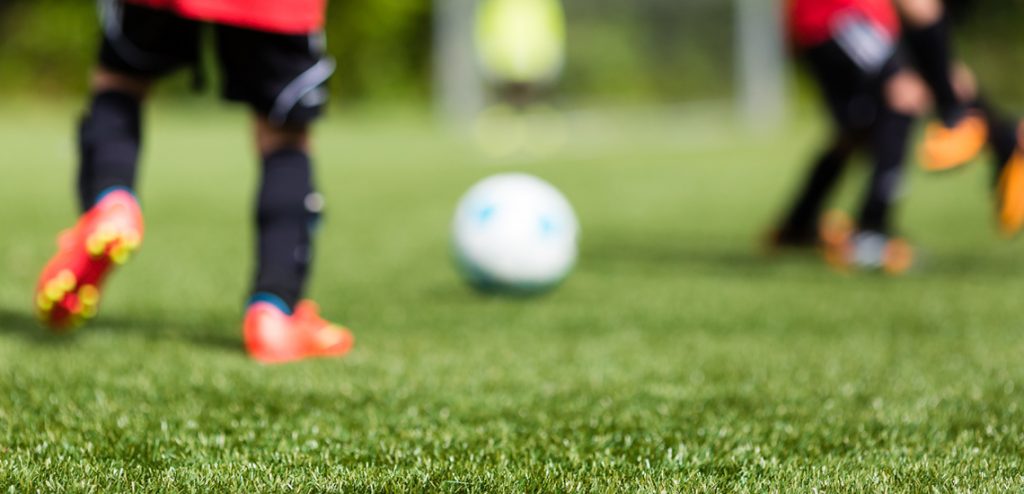Some Key Considerations
Football and rugby traditionally take place at a time of year when soil is very wet and grass growth is minimal – it’s important this is taken into account when considering the construction design and maintenance regime.
Throughout the football and rugby seasons, the weekly pattern of usage is also an important factor when designing a natural turf pitch. A football or rugby pitch may be subject to intense usage for 2 days a week at the weekend, with little use for the remaining 5 days. If demand cannot be staggered this impacts on the choice of design that is most appropriate.
There are several methods available to drain a natural turf football/rugby pitch. As sports turf specialists, NTS can explain the options and advise on the most suitable method taking into account the subsoil type, water table, topsoil type, likely usage, maintenance expectations and client budget.
Works need to be carried out at the appropriate time of the year and whilst the soils are in a suitable condition.
Grass cover can be achieved by seeding or turfing. If the seeding option is taken the correct seed mixture must be utilised, predominantly hard-wearing varieties or perennial ryegrass. If the turfing option is preferred this is a more expensive solution but will provide a playing surface much quicker. NTS can work with a client/project team to outline the pro’s and con’s of each option and ensure the most appropriate solution is used.
There are many examples of well-constructed pitches that do not receive the required maintenance. Subsequently this costs time and money to make them achieve the expected performance standards. With a football/rugby pitch there are key post-match maintenance activities and also pre-season activities that NTS can provide guidance on.

